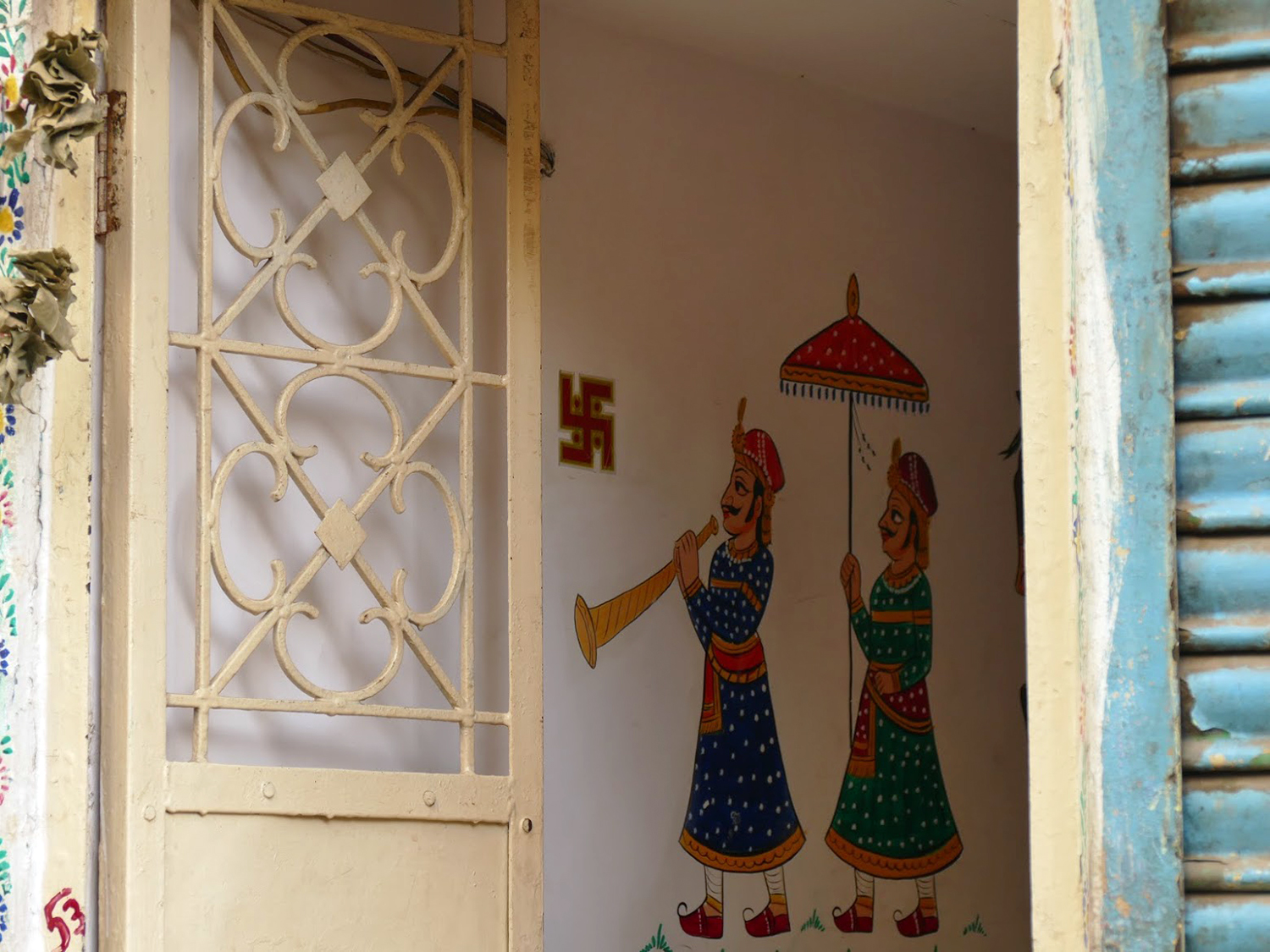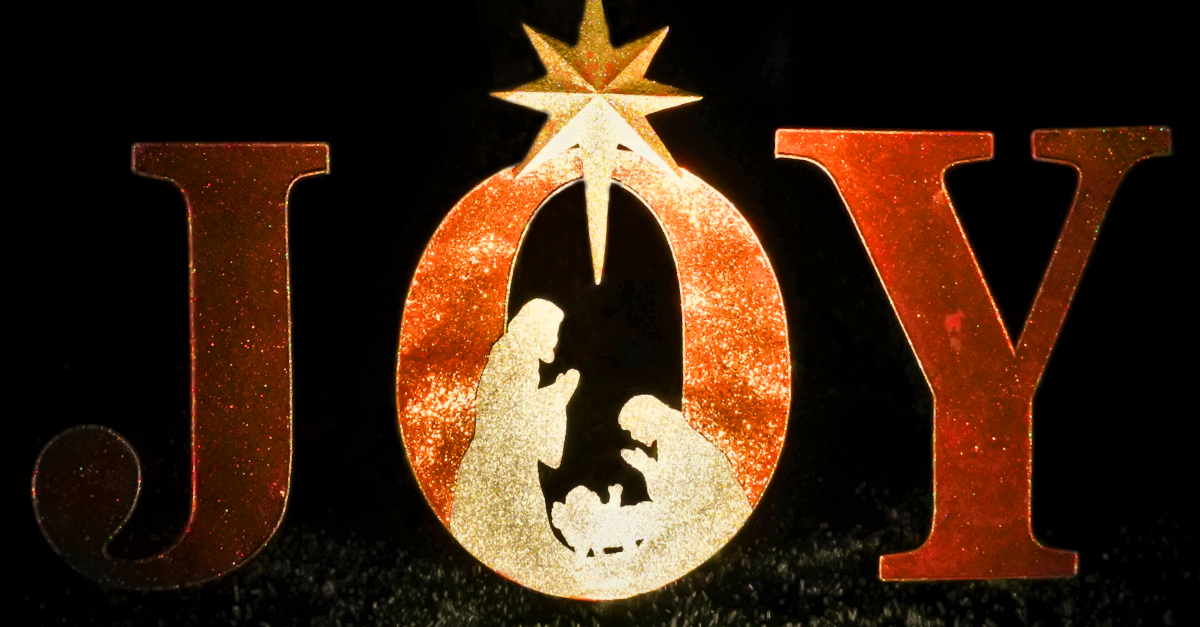Asian faiths attempt to save swastika image corrupted by Hitler

(AP) — Sheetal Deo was shocked when she obtained a letter from her Queens house constructing’s co-op board calling her Diwali ornament “offensive” and demanding she take it down.
“My ornament stated ‘Glad Diwali’ and had a swastika on it,” stated Deo, a doctor, who was celebrating the Hindu pageant of lights.
The equilateral cross with its legs bent at proper angles is a millennia-old sacred image in Hinduism, Buddhism and Jainism that represents peace and success, and was additionally used extensively by Indigenous individuals worldwide in an analogous vein.
However within the West, this image is commonly equated to Adolf Hitler’s hakenkreuz or the hooked cross – a logo of hate that evokes the trauma of the Holocaust and the horrors of Nazi Germany. White supremacists, neo-Nazi teams and vandals have continued to make use of Hitler’s image to stoke concern and hate.
RELATED: The swastika and the 4 H’s
Over the previous decade, because the Asian diaspora has grown in North America, the decision to reclaim the swastika as a sacred image has turn into louder. These minority religion communities are being joined by Native American elders whose ancestors have lengthy used the image as a part of therapeutic rituals.
Deo believes she and folks of different faiths shouldn’t must sacrifice or apologize for a sacred image just because it’s usually conflated with its tainted model.
“To me, that’s insupportable,” she stated.
But to others, the concept that the swastika might be redeemed is unthinkable.
Holocaust survivors specifically might be re-traumatized after they see the image, stated Shelley Rood Wernick, managing director of the Jewish Federations of North America’s Middle on Holocaust Survivor Care.
“One of many hallmarks of trauma is that it shatters an individual’s sense of security,” stated Wernick, whose grandparents met at a displaced individuals’ camp in Austria after World Warfare II. “The swastika was a illustration of the idea that stood for the annihilation of a whole individuals.”
For her grandparents and the aged survivors she serves, Wernick stated, the image is the bodily illustration of the horrors they skilled.
“I acknowledge the swastika as a logo of hate.”
New York-based Steven Heller, a design historian and writer of “Swastika: Image Past Redemption?”, stated the swastika is “a charged image for therefore many whose family members have been criminally and brutally murdered.” Heller’s great-grandfather perished throughout the Holocaust.
“A rose by another identify is a rose,” he stated. “In the long run it’s how a logo impacts you visually and emotionally. For a lot of, it creates a visceral impression and that’s a truth.”
___
The image itself dates again to prehistoric instances. The phrase “swastika” has Sanskrit roots and means “the mark of properly being.” It has been utilized in prayers of the Rig Veda, the oldest of Hindu scriptures. In Buddhism, the image is called “manji” and signifies the Buddha’s footsteps. It’s used to mark the situation of Buddhist temples.
In China it’s known as Wàn, and denotes the universe or the manifestation and creativity of God. The swastika is carved into the Jains’ emblem representing the 4 forms of start an embodied soul may attain till it’s finally liberated from the cycle of start and demise. Within the Zoroastrian religion, it represents the 4 parts – water, fireplace, air and earth.
In India, the ever-present image might be seen on thresholds, drawn with vermillion and turmeric, and displayed on store doorways, automobiles, meals packaging and at festivals or particular events. Elsewhere, it has been discovered within the Roman catacombs, ruins in Greece and Iran, and in Ethiopian and Spanish church buildings.
The swastika additionally was a Native American image utilized by many southwestern tribes, significantly the Navajo and Hopi. To the Navajo, it represented a whirling log, a sacred picture utilized in therapeutic rituals and sand work. Swastika motifs might be present in objects carbon-dated to fifteen,000 years in the past on show on the Nationwide Museum of the Historical past of Ukraine in addition to on artifacts recovered from the ruins of the traditional Indus Valley civilizations that flourished between 2600 and 1900 BC.
The image was revived throughout the nineteenth century excavations within the historic metropolis of Troy by German archaeologist Heinrich Schliemann, who linked it to a shared Aryan tradition throughout Europe and Asia. Historians consider it’s this notion that made the image interesting to nationalist teams in Germany together with the Nazi Celebration, which adopted it in 1920.
In North America, within the early twentieth century, swastikas made their means into ceramic tiles, architectural options, army insignia, group logos, authorities buildings and advertising campaigns. Coca-Cola issued a swastika pendant. Carlsberg beer bottles got here etched with swastikas. The Boy Scouts handed out badges with the image till 1940.
___
The Rev. T.Okay. Nakagaki stated he was shocked when he first heard the swastika known as a “common image of evil” at an interfaith convention. The New York-based Buddhist priest, who was ordained within the 750-year-old Jodoshinshu custom of Japanese Buddhism, says when he hears the phrase “swastika” or “manji,” he thinks of a Buddhist temple as a result of that’s what it represents in Japan the place he grew up.
“You can’t name it a logo of evil or (deny) different details which have existed for lots of of years, simply due to Hitler,” he stated.
In his 2018 e-book titled “The Buddhist Swastika and Hitler’s Cross: Rescuing a Image of Peace from the Forces of Hate,” Nakagaki posits that Hitler referred to the image because the hooked cross or hakenkreuz. Nakagaki’s analysis additionally reveals the image was known as the hakenkreuz in U.S. newspapers till the early Thirties, when the phrase swastika changed it.
Nakagaki believes extra dialogue is required although will probably be uncomfortable.
“That is peace work, too,” he stated.
___
The Coalition of Hindus of North America is one among a number of religion teams main the trouble to distinguish the swastika from the hakenkreuz. They supported a brand new California legislation that criminalizes the general public show of the hakenkreuz — making an exception for the sacred swastika.
Pushpita Prasad, a spokesperson for the Hindu group, known as it a victory, however stated the laws sadly labels each Hitler’s image and the sacred one as swastikas.
That is “not simply an esoteric battle,” Prasad stated, however a problem with real-life penalties for immigrant communities, whose members have resorted to self-censoring.
Vikas Jain, a Cleveland doctor, stated he and his spouse hid photos containing the image when their youngsters’s mates visited as a result of “they wouldn’t know the distinction.” Jain says he stands in solidarity with the Jewish group, however is gloomy that he can’t freely follow his Jain religion “due to this lack of expertise.”
He famous that the worldwide Jain emblem has a swastika in it, however the U.S. Jain group intentionally eliminated it from its seal. Jain needs individuals would differentiate between their image of peace and Hitler’s swastika simply as they do with the hateful burning cross image and Christianity’s sacred crucifix.
___
Earlier than World Warfare II, the identify “Swastika” was so fashionable in North America it was used to mark quite a few areas. Swastika Park, a housing subdivision in Miami, was created in 1917, and nonetheless has that identify. In 2020, the hamlet of Swastika, nestled within the Adirondack Mountains in upstate New York, determined to maintain its identify after city councilors decided that it predated WWII and referred to the prosperity image.
Swastika Acres, the identify of a Denver housing subdivision, might be traced to the Denver Swastika Land Firm. It was based in 1908, and adjusted its identify to Outdated Cherry Hills in 2019 after a unanimous metropolis council vote. In September, the city council in Puslinch, Ontario, voted to alter the identify of the road Swastika Path to Holly Path.
Subsequent month, the Oregon Geographic Names Board, which supervises the naming of geographic options throughout the state, is ready to vote to rename Swastika Mountain, a 4,197-foot butte within the Umpqua Nationwide Forest. Kerry Tymchuk, govt director of the Oregon Historic Society, stated though its identify can solely be discovered on a map, it made information in January when two stranded hikers have been rescued from the mountain.
“A Eugene resident noticed that information report and requested why on earth was this mountain known as that nowadays,” stated Tymchuk. He stated the mountain obtained its identify within the 1900s from a neighboring ranch whose proprietor branded his cattle with the swastika.
Tymchuk stated the names board is ready to rename Mount Swastika as Mount Halo after Chief Halito, who led the Yoncalla Kalapuya tribe within the 1800s.
“Most individuals we’ve heard from affiliate it with Nazism,” Tymchuk stated.
___
For the Navajo individuals, the image, formed like a swirl, represents the universe and life, stated Patricia Anne Davis, an elder of the Choctaw and Dineh nations.
“It was a non secular, esoteric image that was woven into the Navajo rugs, till Hitler took one thing good and delightful and made it twisted,” she stated.
Within the early twentieth century, merchants inspired Native artists to apply it to their crafts; it appeared usually on silver work, textiles and pottery. However after it grew to become a Nazi image, representatives from the Hopi, Navajo, Apache and Tohono O’odham tribes signed a proclamation in 1940 banning its use.
Davis views the unique image that was utilized by many Indigenous individuals as one among peace, therapeutic and goodness.
“I perceive the injuries and trauma that Jewish individuals expertise after they see that image,” she stated. “All I can do is affirm its true which means — the one which by no means modified throughout cultures, languages and historical past. It’s time to revive the genuine which means of that image.”
___
Like Nakagaki, Jeff Kelman, a New Hampshire-based Holocaust historian, believes the hakenkreuz and swastika have been distinct. Kelman who takes this message to Jewish communities, is optimistic in regards to the image’s redemption as a result of he sees his message resonating with many in his group, together with Holocaust survivors.
“Once they study an Indian woman might be named Swastika and he or she might be harassed in class, they perceive how they need to see these as two separate symbols,” he stated. “Nobody within the Jewish group desires to see Hitler’s legacy proceed to hurt individuals.”
Greta Elbogen, an 85-year-old Holocaust survivor whose grandmother and cousins have been killed at Auschwitz, says she was stunned to study in regards to the image’s sacred previous. Elbogen was born in 1938 when the Nazis forcibly annexed Austria. She went into hiding with family in Hungary, immigrated to the U.S. in 1956 and have become a social employee.
This new information in regards to the swastika, Elbogen stated, feels liberating; she not fears a logo that was used to terrorize.
“Listening to that the swastika is gorgeous and sacred to so many individuals is a blessing,” she stated. “It’s time to let go of the previous and look to the longer term.”
___
For a lot of, the swastika evokes a visceral response in contrast to another, stated Mark Pitcavage, senior analysis fellow on the Anti-Defamation League’s Middle on Extremism who for the previous 22 years has maintained the group’s hate symbols database.
“The one image that might even come near the swastika is the image of a hooded Klansman,” he stated.
The ADL explains the sanctity of the swastika in many religions and cultures, and there are different lesser-known spiritual symbols that should be equally contextualized, Pitcavage stated. One is the Celtic cross – a standard Christian image used for spiritual functions and to represent Irish delight – which is utilized by a lot of white supremacist and neo-Nazi teams.
Equally, Thor’s hammer is a crucial image for individuals who observe neo-Norse religions comparable to Asatru. However white supremacists have adopted it as properly, usually creating racist variations of the hammer by incorporating hate symbols comparable to Hitler’s hakenkreuz.
“Within the case of the swastika, Hitler polluted a logo that was used innocuously in a wide range of contexts,” Pitcavage stated. “As a result of that which means has turn into so entrenched within the West, whereas I consider it’s potential to create some consciousness, I don’t suppose that its affiliation with the Nazis might be fully eradicated.”
___
Related Press faith protection receives help by means of the AP’s collaboration with The Dialog US, with funding from Lilly Endowment Inc. The AP is solely chargeable for this content material.



